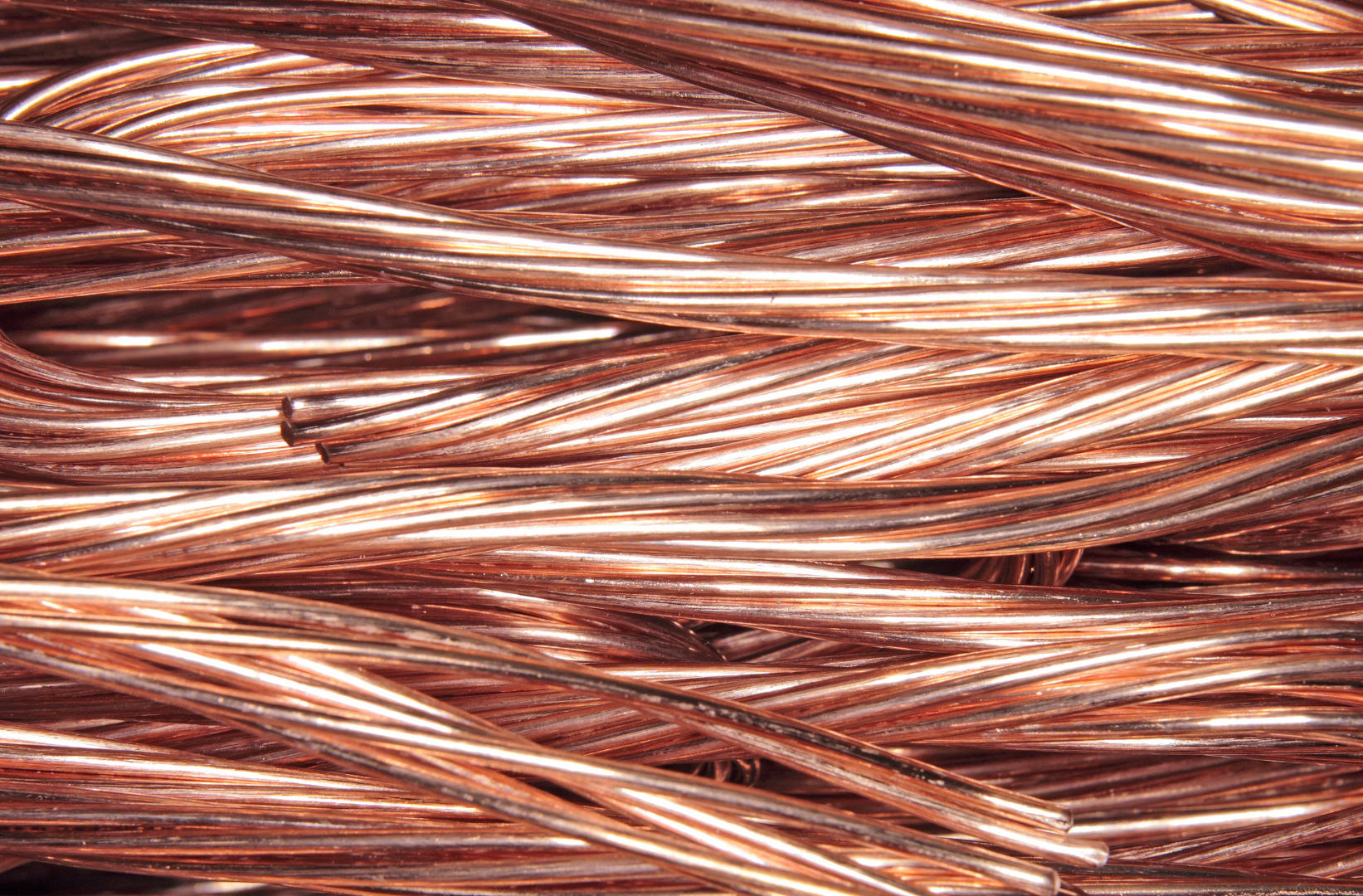Copper Loss in Subsea Electrical Systems: Causes, Impact and Mitigation
December 5, 2023
If water enters the umbilical control lines for subsea electrical systems it can cause copper loss that can ultimately lead to the complete failure of the conductors. Effective line insulation monitoring (LIM) solutions can detect this, as seawater ingress leads to low insulation resistance (IR). Early detection enables operators to take remedial action and fix low IR before the copper loss results in a potentially catastrophic electrical system failure.
What is copper loss in subsea electrical systems?
A subsea cable can have multiple copper conductors that carry electrical current in the form of power or communication signals, and an insulating layer which isolates the conductors from other conductors and electrical earth.
Due to its high conducting/low resistance and other material properties, alongside its availability and cost, copper is a common material found in subsea electronics, especially cables. However, despite its ubiquity, there are disadvantages to using copper in subsea electrical systems where the use of a LIM is a statutory requirement.
If subsea cable insulation is damaged, or suffers degradation through ageing, seawater penetrates the cable and encounters the conducting copper core. Seawater is an electrolyte with sodium and chloride ions in solution.
When the system is active with its normal operating current running through the system, the copper cable immersed in the seawater electrolyte becomes an anode and the steel wire mesh protecting the cable becomes the cathode.
As the image above shows, the negative chlorine ions react with the copper anode to form copper chloride, with a small amount of copper ions entering solution. The copper chloride is deposited onto the cathode, or steel wire protective sheath.
Another process occurring is the formation of hydrogen gas at the cathode, soaking up the spare electrons produced when the copper is deposited. When combined with other processes within the umbilical, such as galvanic reactions and microbial activity, hydrogen gas production can be so acute that it is vented topside.
LIMs operate by passing a current through a cable and detecting any leakage of that current to Earth. Small amounts of leakage mean there is high IR, whereas large amounts of leakage mean there is low IR. If there is damage to the cable and seawater is penetrating the insulation, the same process occurs as when the normal operating current runs through a cable. So, using a LIM, mandated by international standards, can also result in copper loss.
What are the impacts of copper loss if operators take no action?
Gradually, the copper anode, which is the copper cable carrying power and control signals to the subsea infrastructure, loses material. Copper chloride deposits build up, and this impacts on performance, reducing IR.
The combined material loss and build-up of deposits can result in damage to the cable, as shown in the image to the left. Eventually enough damage will be caused that it will lead to system failure.
Hydrogen gas production in the subsea umbilical is a well-known phenomenon. The copper loss process may contribute to this production. As a result, hydrogen gas venting must be carefully managed by the operator to ensure safety risks are mitigated.
How can a LIM mitigate the impact of copper loss?
Damage to cable insulation and LIMs cause copper loss. Research data shows that the rate of copper loss is directly proportional to the leakage current, meaning the lower the IR, the worse the copper loss.
But LIMs also detect the falling IR. This is the warning to operators that there is a problem which, if not fixed, will result in system failure, expensive repairs and even more costly production downtime.
How do operators balance the fact that the early warning system could be part of the problem? The good news is that not all LIMs are the same, and there are solutions that can prevent further seawater penetration of damaged or ageing cables and increase IR without costly subsea intervention.
Solutions such as V-LIM are designed to account for copper reduction. It operates in such a way that it reduces the copper loss from its own function by 30%. It can also be tuned to reduce its operating voltage, therefore reducing the copper loss its activities generate. V-LIFE blocks leaking pores in cables with a precipitate generated through localised electrokinetic and electrochemical reactions, which increases IR.
To learn more about copper loss, you can view or download our technical whitepaper on the topic. Contact us using our contact form or email enquiries@viperinnovations.com for more information on how you can manage copper loss in your subsea control systems, so it doesn’t cause costly system failure and become a safety risk.





